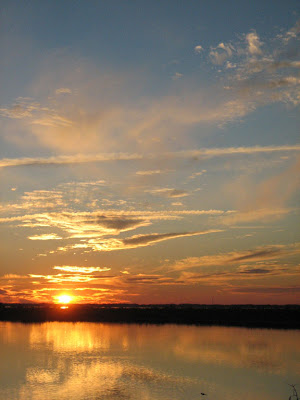(11th in a series)My colleagues and I talk occasionally about e-mail interviews -- the appropriate situations in which to resort to e-mail rather than the telephone. An electronic interview definitely is the second choice of the two methods.
Phone interviews give journalists much more flexibility and information. We can hear the pauses, the changes in tone of voice, the emotion behind the words. We also can change the direction of an interview should an answer point to a different path.
E-mail interviews don't provide that information and flexibility. Their appeal, however, lies in their convenience. If I'm trying to interview a source who lives in another time zone or travels often, then an e-mail interview gives me and the source another format to share information.
I use e-mail interviews very sparingly, and my news journalism professors likely would cringe at
that usage. I typically call the source to ask for a phone interview before offering the e-mail option if our schedules conflict.
Sometimes I'll arrange a phone interview, send 10 or fewer short questions via e-mail so the source can prepare for our conversation, and then learn that the source prefers to provide answers via e-mail. Sometimes I'll send an e-mail to potential sources for an article, offer the option of phone or e-mail interviews, include the five or so questions, receive confirmation of the sources' desire to participate and then follow up with those who want to gab on the phone.
Some problems with e-mail interviews:
1. An unsolicited e-mail interview does not reflect well on the sender. It can come across as presumptuous, particularly if the sender did not have previous contact with the source.
2. An agreed-upon e-mail interview is not a license to ask umpteen questions. A source's time remains limited, so the journalist has to respect that and limit the number of questions.
3. An e-mail interview still requires time, so the journalist cannot expect the source to turn around the responses
justlikethat. In fact, an e-mail interview requires more of the source's time because the source is typing, not speaking.
4. Because the source has typed the responses to the questions, the journalist can copy and paste the responses into the article. Lazy journalist. In fact, that person isn't a journalist or writer, because copying and pasting requires no skill.
A good writer will paraphrase the source's responses and select limited sentences as quotations. From an editor's perspective, I'm leery of contributors who use e-mail interviews because I don't know who wrote the article, and I don't want to pay lazy contributors.
One advantage of e-mail interviews: The source has a written record of the responses and can refer to that if a discrepancy appears in the article. That paper trail can serve the source well.
Labels: magazine publishing






















